I’m on a free trial so trying it out on a few different data sets. I’m very impressed, it works wonders on edge of field stars where I tend to suffer from abberations.
08.10.2025 06:35 — 👍 0 🔁 0 💬 0 📌 0
Interesting question, generally the darker nebulosity that is back lit is in front of the ionisation sources and brighter nebulosity. The stars most likely have Gaia data available which would allow you to determine their distances too. I have seen stereograms made but not sure how accurate they are
08.10.2025 06:27 — 👍 0 🔁 0 💬 0 📌 0
That’s an excellent image of Mel-15 too, I do like the colours. There is so much interesting nebulosity all around the Heart and Soul nebula region.
08.10.2025 06:19 — 👍 0 🔁 0 💬 0 📌 0
Yes I ran BlurXterminator on the starless image and on the stars only image before stretching.
07.10.2025 22:14 — 👍 0 🔁 0 💬 1 📌 0
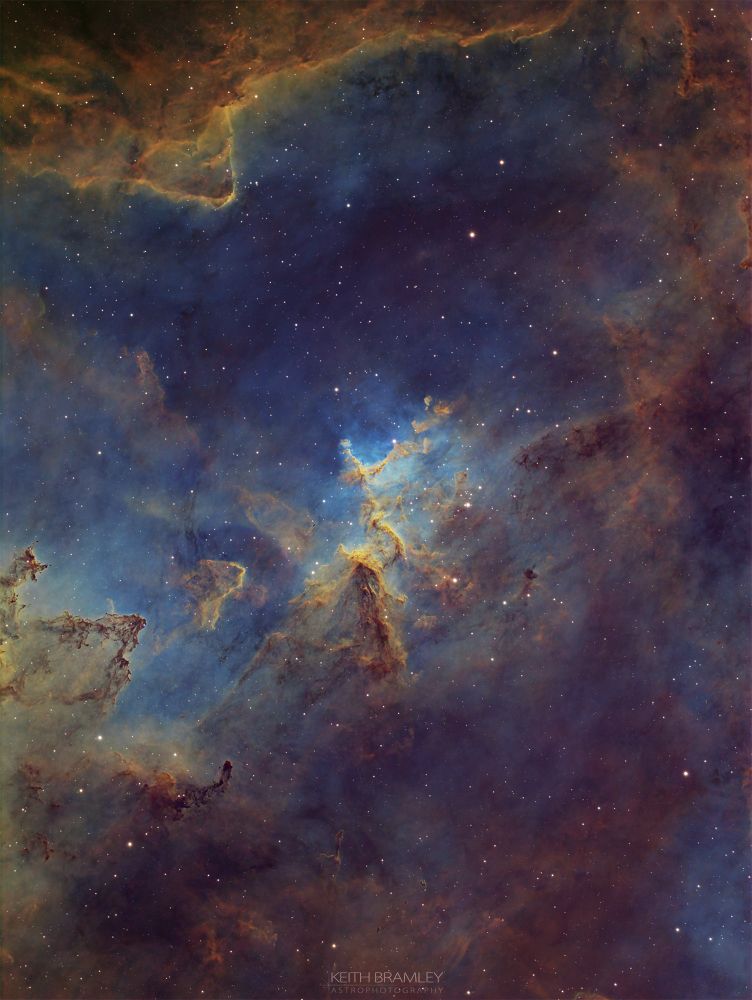
Had a go processing some of my older narrowband data in Pixinsight of Melotte 15 in the Heart Nebula. I feel this is a better result this time, more finer structure and better stars. This was 18 hours data with Ha, SII and OIII using Atik 383L+ and 190MN #astrophotography
07.10.2025 22:04 — 👍 157 🔁 17 💬 3 📌 0
Excellent shot Mike
05.10.2025 16:51 — 👍 1 🔁 0 💬 0 📌 0
Wow look at those colours, great job.
02.10.2025 18:07 — 👍 1 🔁 0 💬 1 📌 0


Re-processed my M106 image with Pixinsight, wish I had taken the leap earlier to PI, much improved, although had to crop a portion to avoid poorly calibrated frames. This is a LRGB image, total of 19 hours exposure with 190MN and ZWO 2600MM camera, click left image for 100% crop #astrophotography
30.09.2025 20:27 — 👍 57 🔁 9 💬 1 📌 0
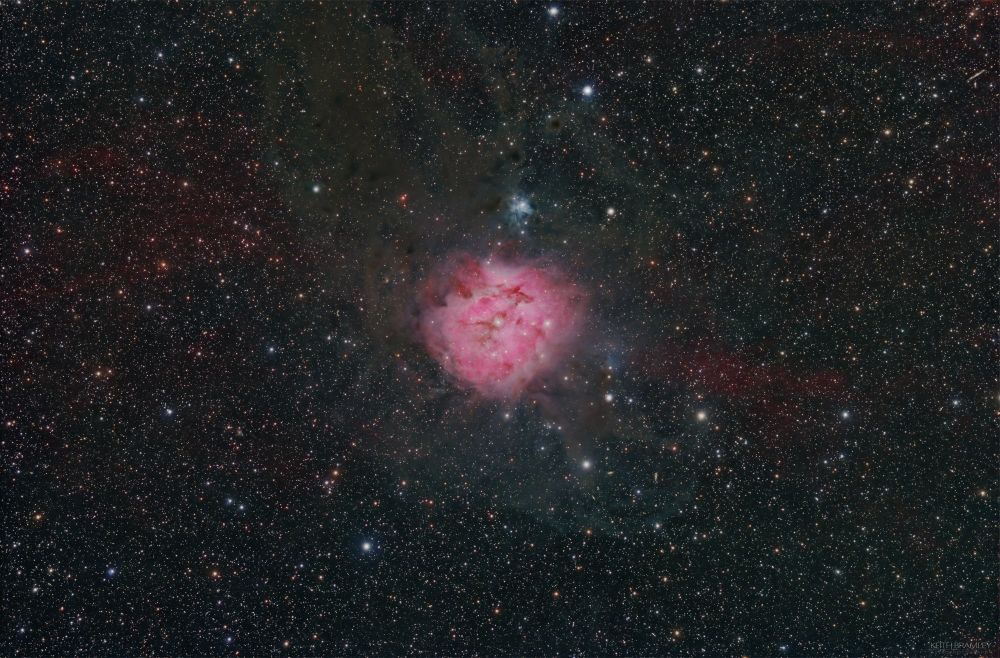
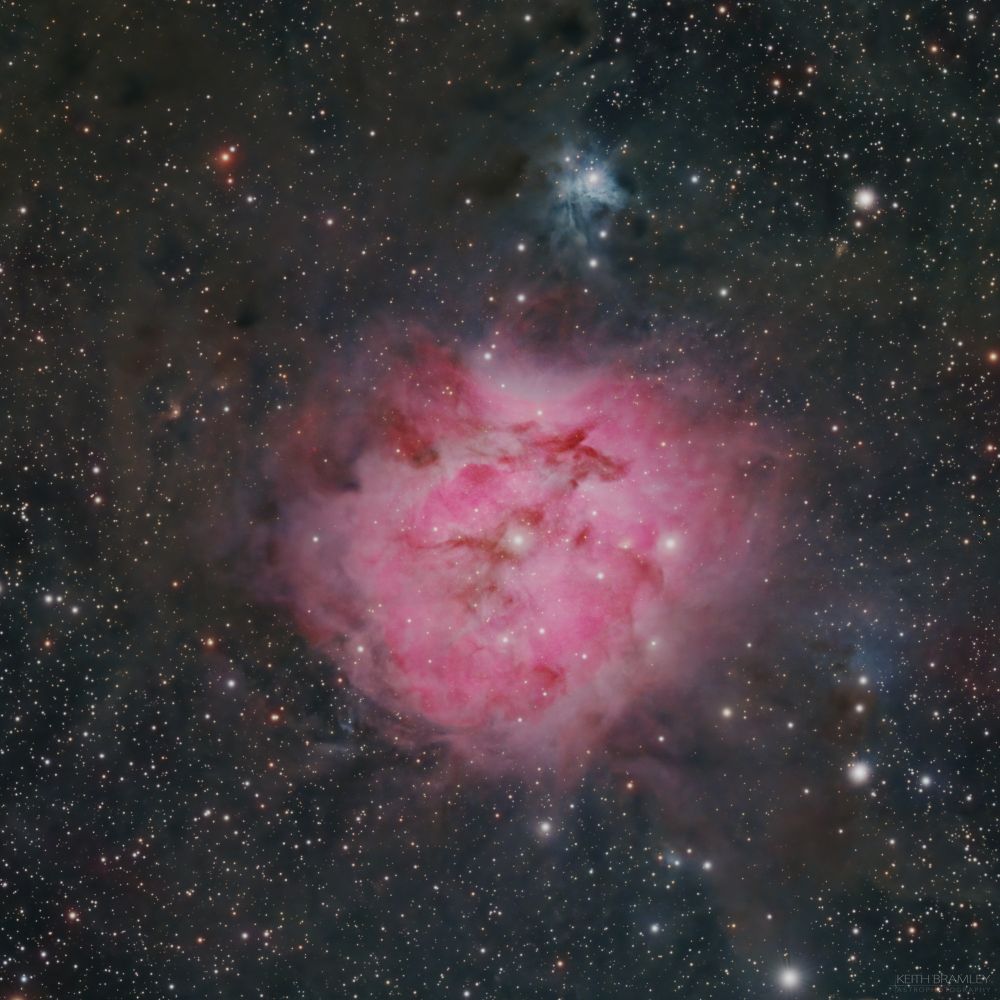
Here is my SH2-125 The Cocoon Nebula, imaged in HaLRGB. Total of 3 hours each R,G,B 3 hours Lum and 3 hours Ha. Imaged with a 190MN and ZWO 2600MM camera. This is my first try at using Pixinsight, so far I'm super impressed :) full resized and 100% crop image #astrophotography
28.09.2025 23:01 — 👍 81 🔁 11 💬 3 📌 0
After an extended summer break from Astrophotography I am back in the saddle and capturing photons again. Amazingly everything fired up first time, although many critters have been evicted. Tonight’s target is SH2-125 The Cocoon Nebula, might take a couple of nights.
23.09.2025 19:57 — 👍 5 🔁 0 💬 0 📌 0
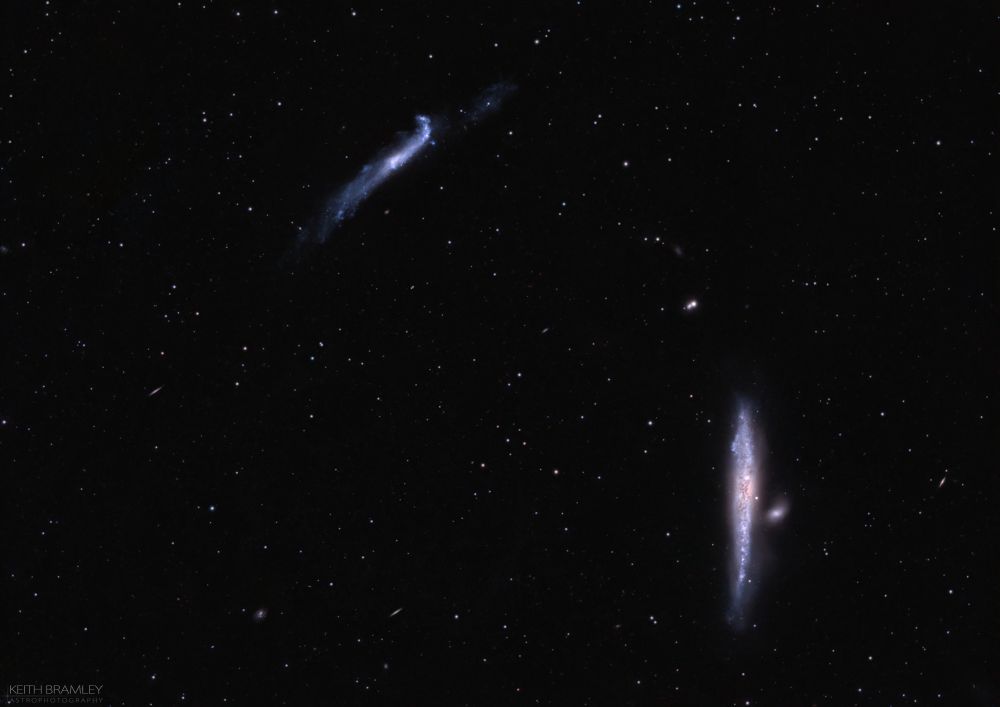
The NGC 4631 Group is a poorly defined group of galaxies, about 25 million light-years from Earth in the Coma Berenices and Canes Venatici constellations.
The NGC 4631 Group is one of many that lie within the Virgo Supercluster
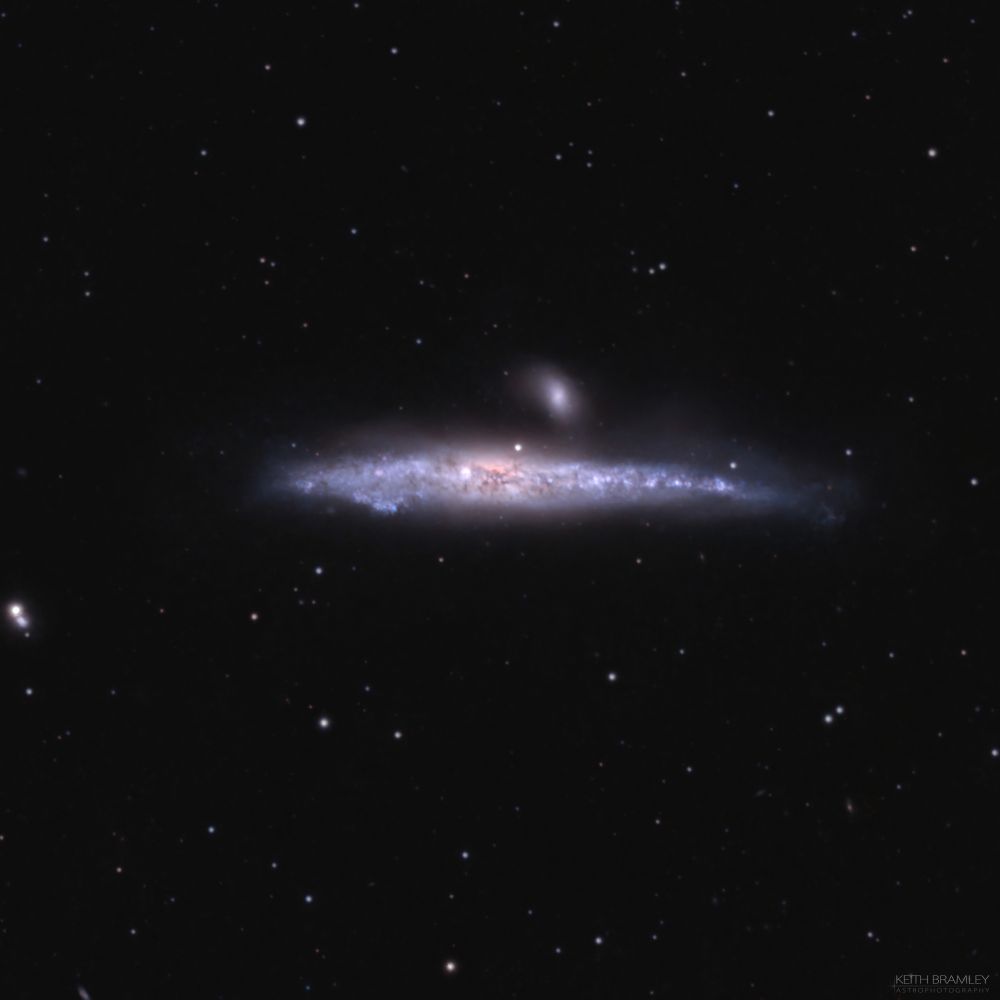
NGC 4631 (also known as the Whale Galaxy or Caldwell 32) is a barred spiral galaxy in the constellation Canes Venatici about 30 million light years away from Earth. It was discovered on 20 March 1787 by German-British astronomer William Herschel. This galaxy's slightly distorted wedge shape gives it the appearance of a herring or a whale, hence its nickname. Because this nearby galaxy is seen edge-on from Earth, professional astronomers observe this galaxy to better understand the gas and stars located outside the plane of the galaxy
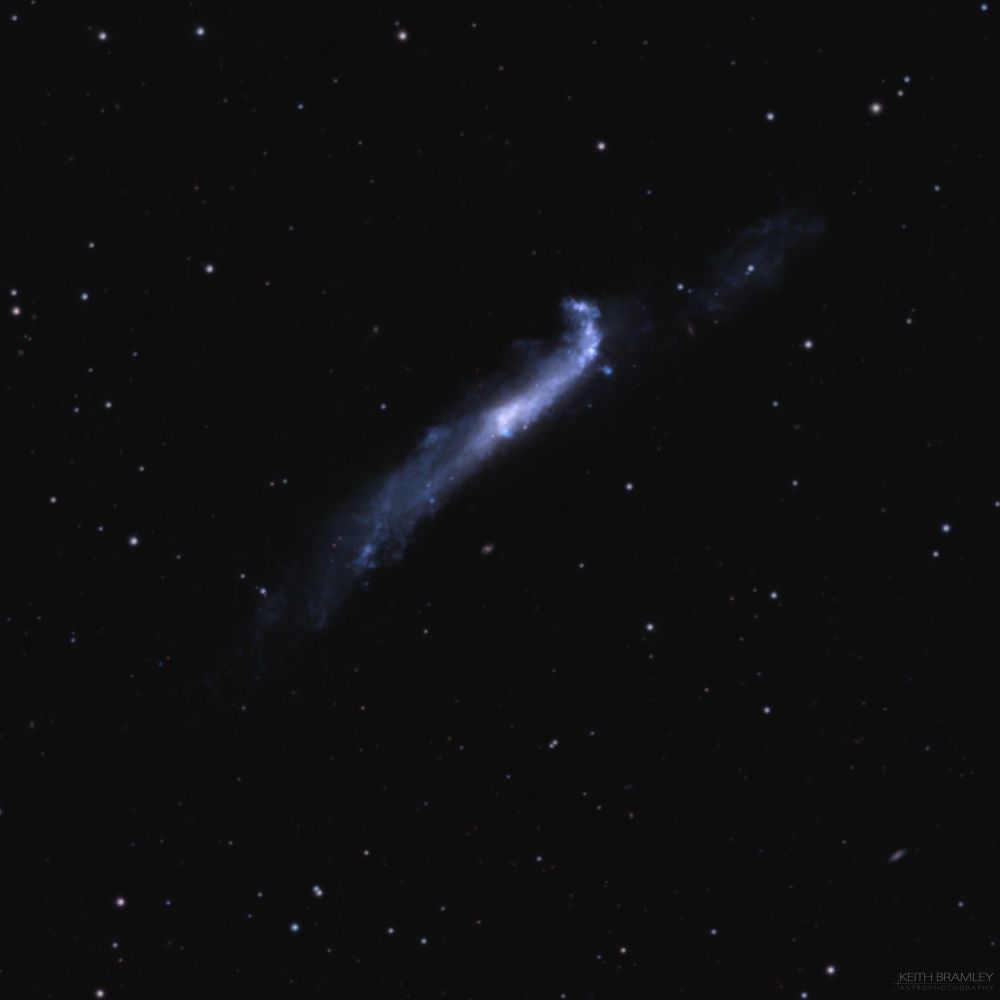
NGC 4656/57 is a highly warped edge-on barred spiral galaxy located in the local universe 30 million light years away from Earth in the constellation Canes Venatici. This galaxy is sometimes called the Hockey Stick Galaxy or the Crowbar Galaxy. Its unusual shape is thought to be due to an interaction between NGC 4656, NGC 4631, and NGC 4627
After a decent haul of clear nights here is some new images. This is my NGC 4631 The Whale Galaxy and its buddy NGC 4656 The Hockey Stick Galaxy. With crops of each at full resolution. A total of 10 hours using LRGB filters with my 190MN scope and ZWO 2600MM camera. #astrophotography #galaxy 🔭
12.04.2025 20:36 — 👍 70 🔁 10 💬 2 📌 0
Thank you ☺️ Wow bortle 1 is pretty wild, I would expect the full Moon may have less impact especially if well off axis. Would be interested to see the results, I imagine gradient will be the challenge.
11.04.2025 18:29 — 👍 0 🔁 0 💬 0 📌 0
It’s a great target, I first saw it through the eyepiece 20 years ago in my little 6” Newt, then it was just a fuzzy blob, but I found it by hand and I was chuffed ☺️
10.04.2025 21:37 — 👍 1 🔁 0 💬 1 📌 0
Do you let the Seestar do all the processing or do you do it in separate software.
10.04.2025 20:27 — 👍 1 🔁 0 💬 1 📌 0
Nicely done, I’m seeing some great shots out of the Seestar 👏🏻
10.04.2025 20:23 — 👍 1 🔁 0 💬 1 📌 0
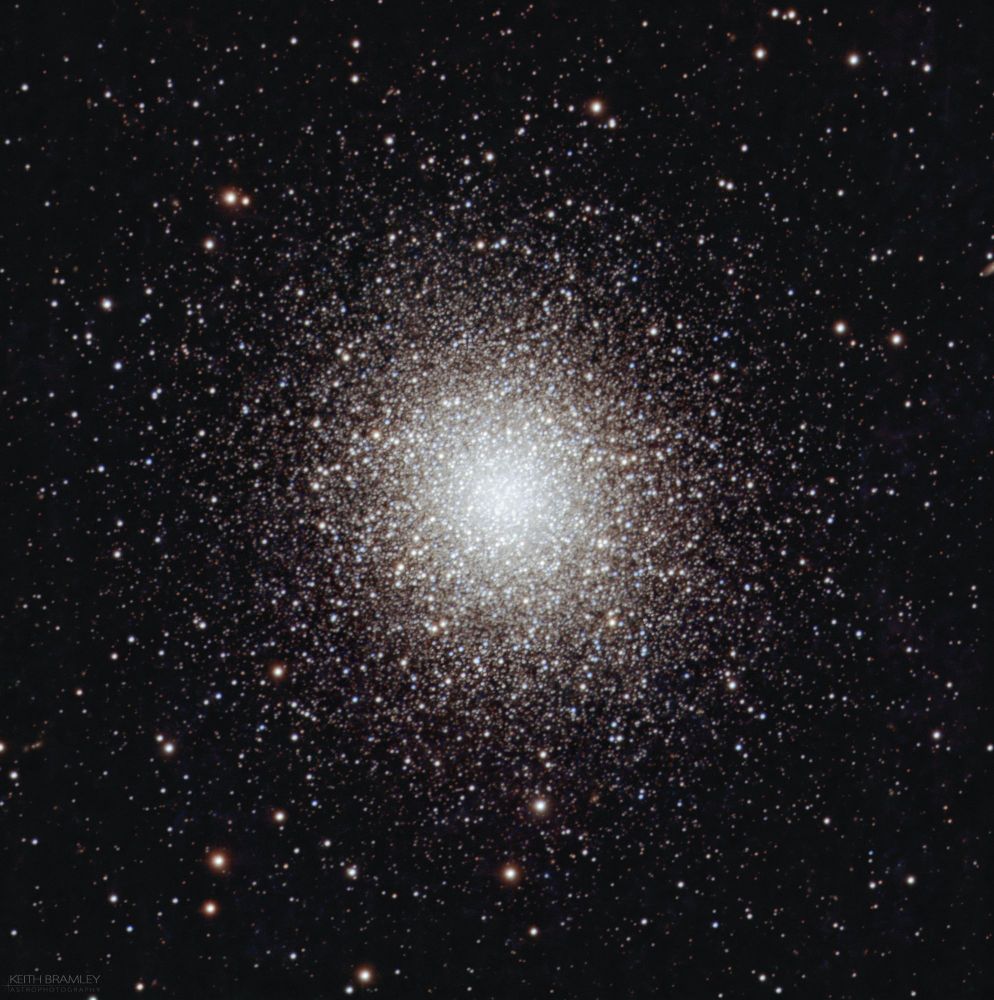
A globular cluster, a compact group of over one hundred thousand stars. Located 22,000 light years from Earth.
With the Moon big and bright I decided to switch to Globluar Clusters, here is my image of M13 The Great Gobular Cluster in Hercules. Several hundred thousand stars, mind blown 🤯. Total of 2 hours Luminance and 1.5 hours each RGB using 190MN and ZWO 2600MM #Astrophotography #space #stars 🔭
10.04.2025 19:39 — 👍 120 🔁 8 💬 2 📌 1
I’ll send these clear skies over to you, it looks like it’s all going back to normal cloud and rain on Sunday here. The Moon is a crashing the party atm, I have abandoned my galaxy imaging and gone for some globular clusters for a couple of nights 👌🏻
10.04.2025 15:54 — 👍 1 🔁 0 💬 0 📌 0
Clear nights appear to be like buses, you wait for ages then 5 come at once.
10.04.2025 09:24 — 👍 1 🔁 0 💬 0 📌 0
Thank you for babysitting them, hopefully you will get some clearer skies soon 🤞🏻
10.04.2025 06:21 — 👍 0 🔁 0 💬 0 📌 0
Hah, yeah I know, but It’s all going back to factory settings on Sunday 😬
09.04.2025 22:07 — 👍 1 🔁 0 💬 0 📌 0
Not sure if it’s just me but for us UK based astrophotographers this must be the longest continuous streak of clear nights in decades, I think I have had nearly 3 weeks of cloudless skies so far ☺️, it’s so unusual, normally it’s a few a month at best #astrophotography
09.04.2025 21:06 — 👍 44 🔁 3 💬 6 📌 0
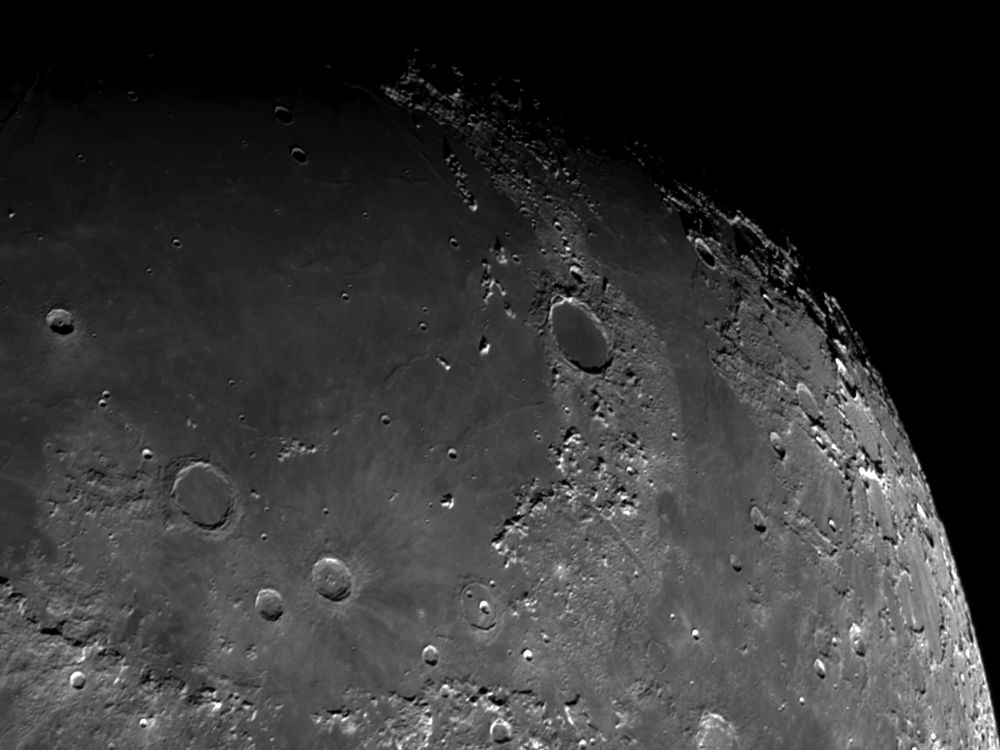
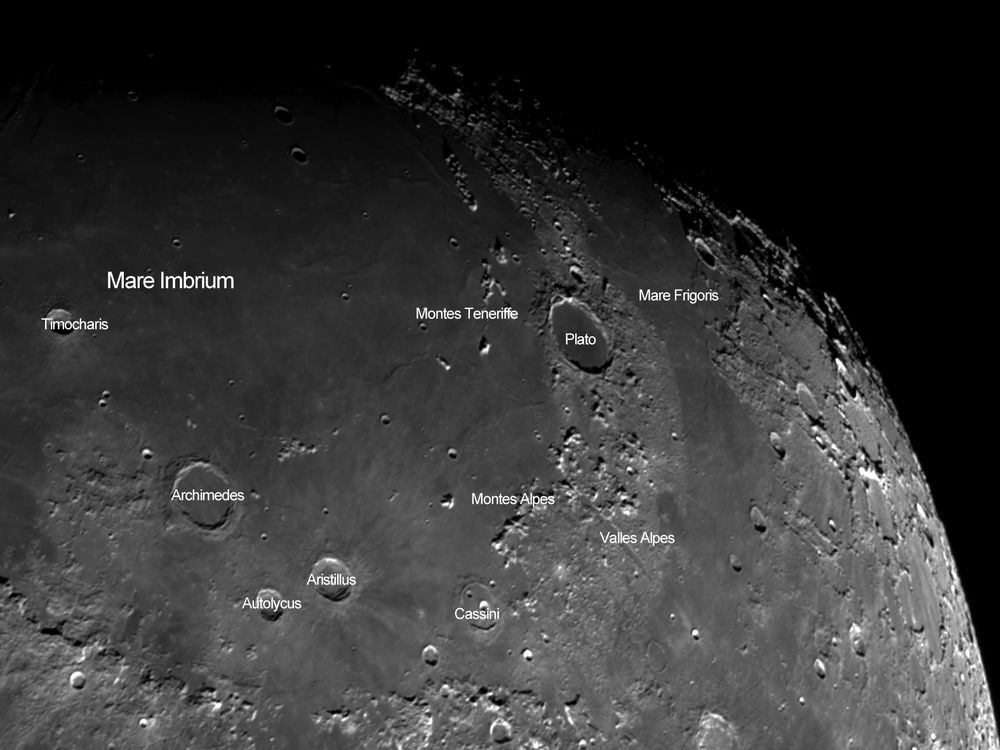
Here is Mare Imbrium and craters including Plato, Cassini, Archimedes and others, see the annotated version for more info. This is my image from this last night with a ZWO 2600MM and 190MN scope, best 200 frames from 1000 standard luminance filter. #Astrophotography #thephotohour #space 🔭
08.04.2025 18:34 — 👍 20 🔁 0 💬 0 📌 0
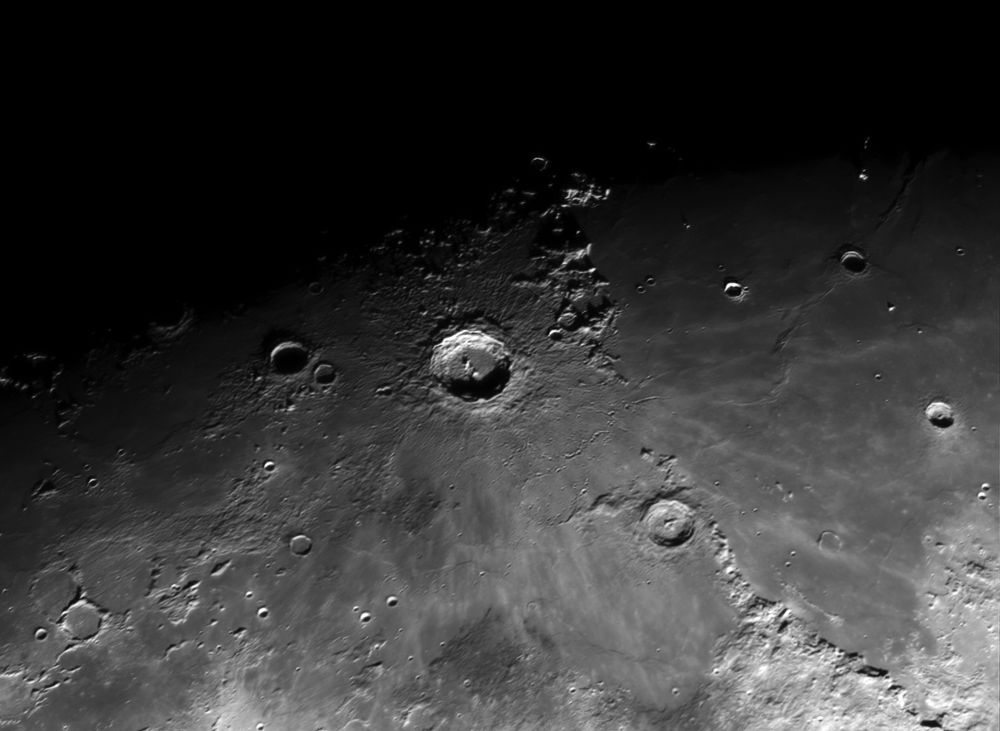
The crater Copernicus, a large impact crater on the Moon
The crater Copernicus, named after Nicholas Copernicus - Polish Astronomer (1473-1543). It is 93km wide and 3.8km deep. This is my image from this last night with a ZWO 2600MM and 190MN scope, best 200 frames from 1000 standard luminance filter. #Astrophotography #thephotohour #space 🔭
08.04.2025 17:41 — 👍 22 🔁 3 💬 0 📌 0
lol same here, maybe one day.
06.04.2025 10:32 — 👍 1 🔁 0 💬 0 📌 0
Great shot Rob, really looks like you are in actual orbit around the Moon 👏🏻
06.04.2025 10:13 — 👍 15 🔁 2 💬 2 📌 0
A super Seagull Nebula (IC 2177) by Darren, can be a tough target for our latitude here in UK, need a clear southern horizon.
06.04.2025 10:10 — 👍 8 🔁 1 💬 1 📌 0
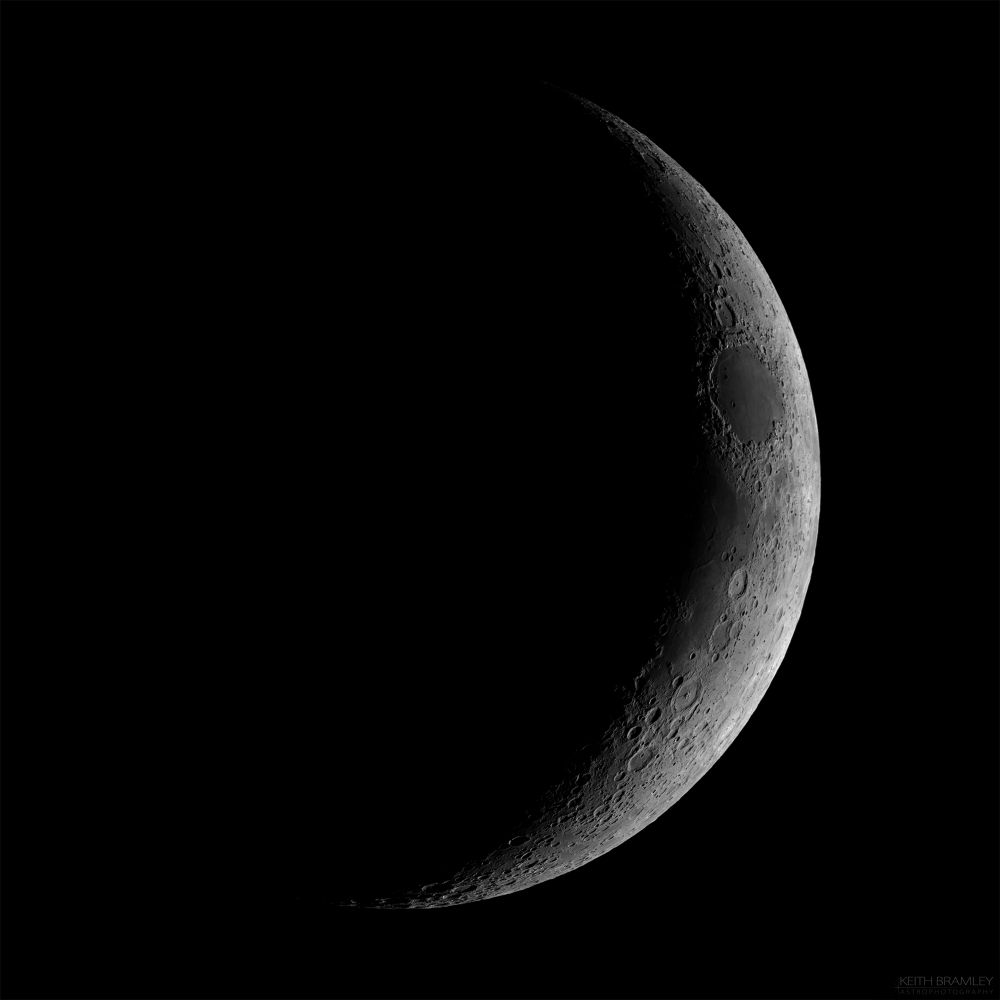
Waxing Cresent Moon 3.8 days old
Tonights Moon, 100 frames with 190MN Scope and ZWO 2600MM cam. Some Moony facts -
15.7% Illuminated
3.8 days old
Waxing Crescent
360,230km from Earth
-6.9 Visual Magnitude
33.2 arcmin Apparent size
#astrophotography #moon #luna
01.04.2025 19:26 — 👍 27 🔁 1 💬 0 📌 0
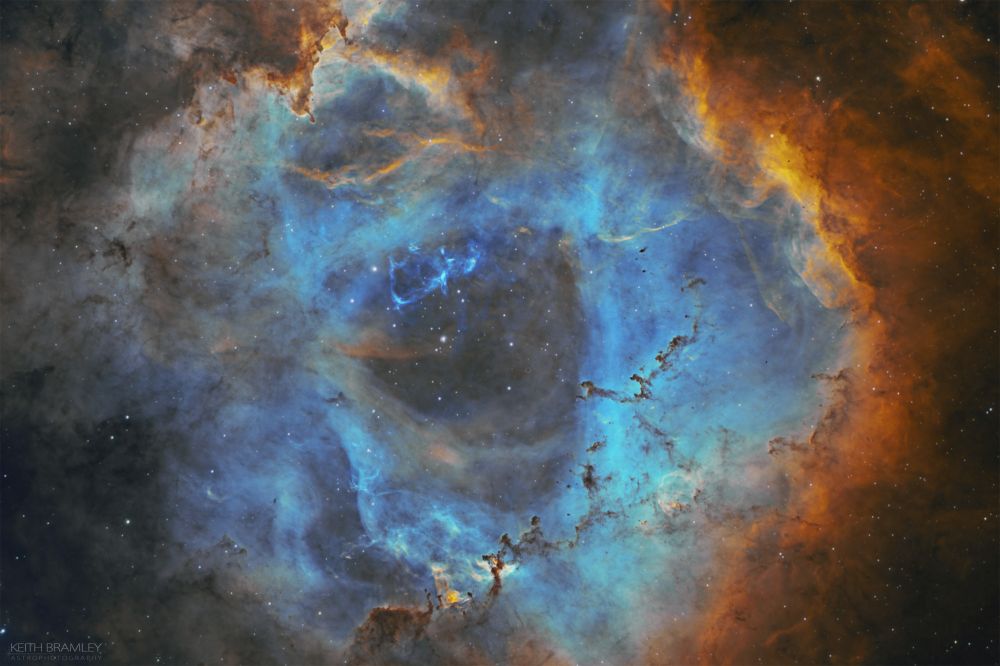
The central region of the Rosette Nebula, also known as SH2-275 and contains the open cluster NGC 2244. There is a blue central region comprising of OIII emmisons, there is an interesting collection of darker dust regions atthe bottom known as the Carnival of Animals
Here is my image of SH2-275 The Rosette Nebula, My FOV at this focal length can't fit it all in, but this is the central region. 2.5 hours each of SII, H-Alpha and OIII imaged with a ZWO 2600MM and 190MN scope. Love the dust formations, how many animals can you spot? #Astrophotography #nebula 🔭
29.03.2025 19:53 — 👍 327 🔁 33 💬 17 📌 2
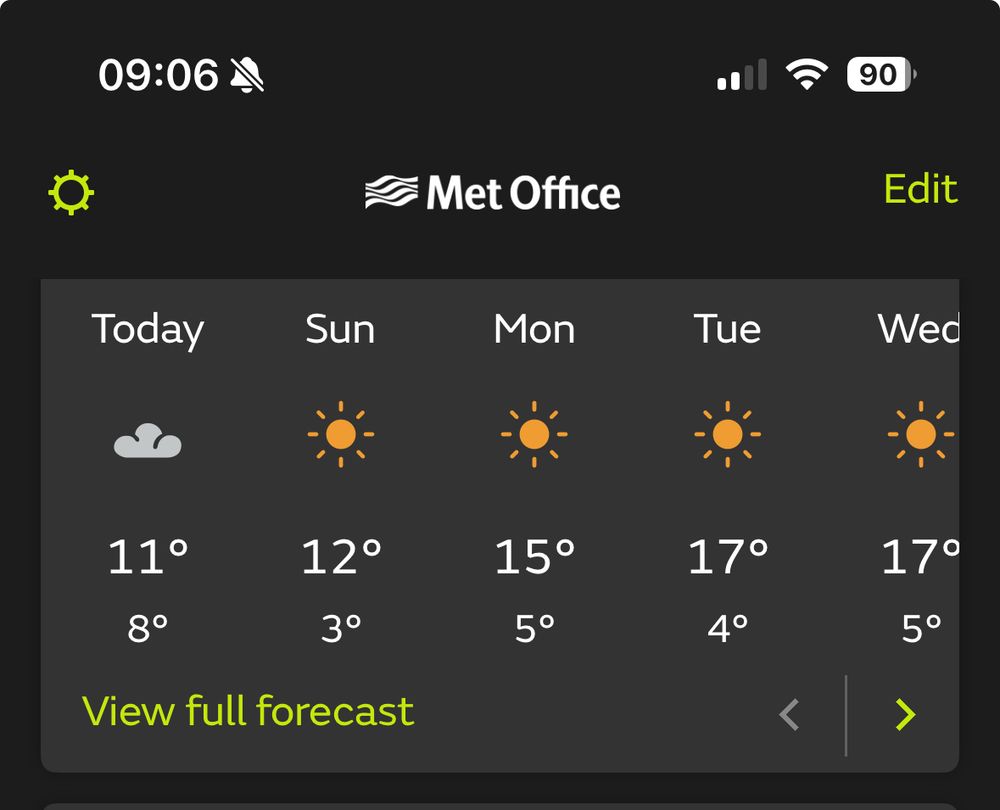
Classic UK weather for todays partial solar eclipse 🌙 , for the rest of the week though it’s wall to wall sunshine, first year I have had access to a solar scope I could use too, gutted.
29.03.2025 09:12 — 👍 2 🔁 0 💬 1 📌 0
My Portfolio: https://portfolio.pixelfed.social/JoeGarrity
Physics student @ IISER Pune
Astronomy | Astrophysics | Cosmology | Machine Learning
mphysicus.github.io
A curious artist • science ☆ art ☆ history
cherylblanchardart.com
https://www.astrobin.com/users/setnes/
Amateur photographer based at Barcelona. All content (macro, landscape, wildlife, portrait...) is my own work, except for reposts. For news about my research on fossil reptiles and amphibians, please follow me at @abolet-paleo.bsky.social
Astrophotographer, NASA/JPL Solar System Ambassador, Astronomy in Chile Educator Ambassador, software and electronic engineer
Husband, father, brother, uncle, grandpa, Air Force Vet, IT guy, astronomer, photographer, clean air and environmental advocate, weather forecaster, patriot, 17th Airborne Division Scion, WWII nut 🇺🇦
Amateur astrophotographer from Costa Rica.
Instagram: https://www.instagram.com/cybertron.astrophoto/
Facebook: https://www.facebook.com/CybertronAstroPhoto/
All images posted are taken and processed by myself.
Account managed by @mdverde.com
Canadian astrophotographer. Imaging/Observing group coordinator RASC YXE. All images I post are my own, most taken from my Bortle 8 inner city driveway. Come explore the beauty of our Universe with me!✨🔭 Clear skies!
-Nick Larsen
My life in Montana’s Beartooth Mountains - Out hiking the trails or heading down some backroad.
MSU Bobcat, Engineer, U.S. Navy Submariner vet. #science #democracy #freespeech #commondecency
An amateur astronomer and astrophotographer
Amateur astronomer and astrophotographer. Capturing the beauty of the solar system and beyond.
Member of the British Astronomical Association.
Currently learning the electric guitar.
Astrophotographer, photographer and occasional cat biographer
Associate Professor of Earth, Environmental, and Planetary Science at Washington University in St. Louis • Planetary Data System Geosciences Node Director • Planetary Bastard • he/him/Sir
Photographer, Storm Chaser and Dog Mom. MelanieMetzStormChasing.com.
🇨🇦 living in 🇺🇸
In love with the moon, stars, space, rockets, the sky, art, music, beautiful words, and deep thoughts.🧿
🌒🌕🌘
Artist. Space. Science. Music. DMs closed.
My Posts: https://bsky.app/profile/did:plc:pr3mbv54kbvtakqtlsurm3f2/feed/aaafopzhh7cjc
Writer. Books include A Crack in Everything, Breakthrough, The Ascent of Gravity, Infinity in the Palm of Your Hand, Quantum Theory Cannot Hurt You & Solar System for iPad. See www.marcuschown.com
Photographer, professional cat herder She/They
feralambassador.myportfolio.com

















